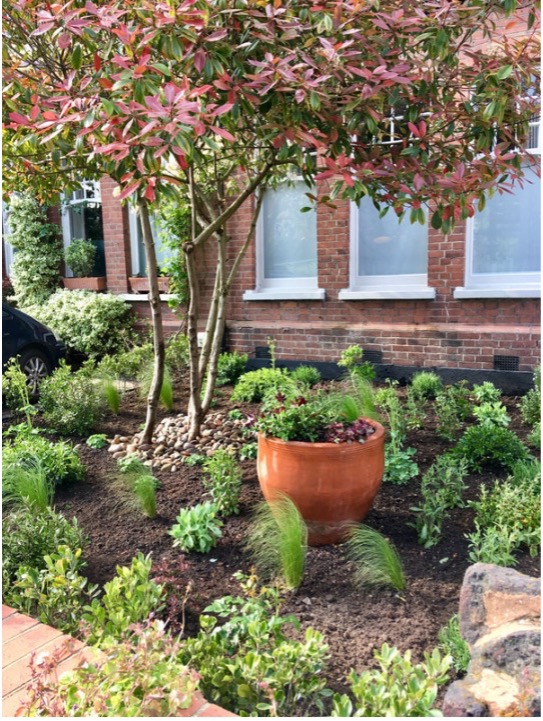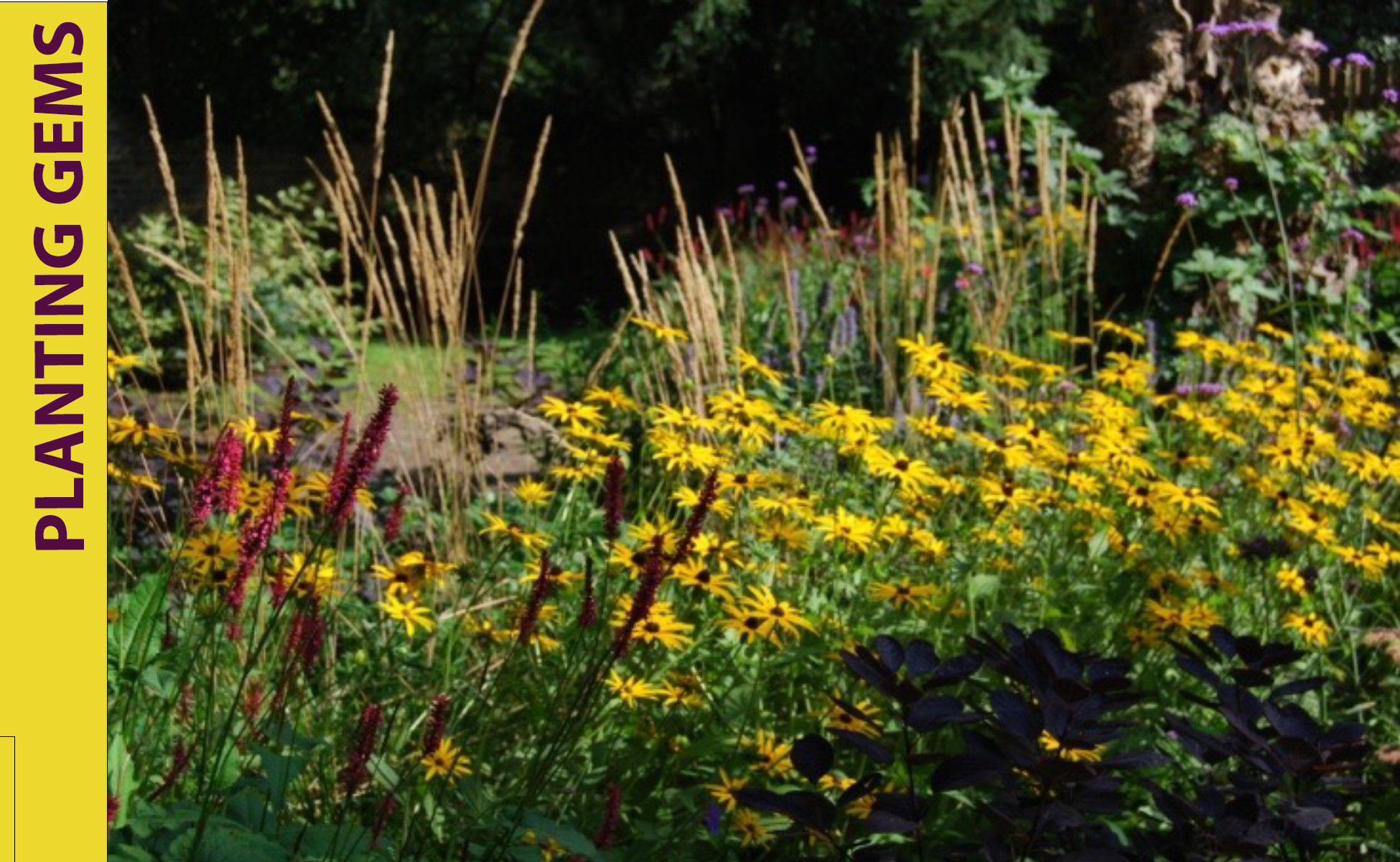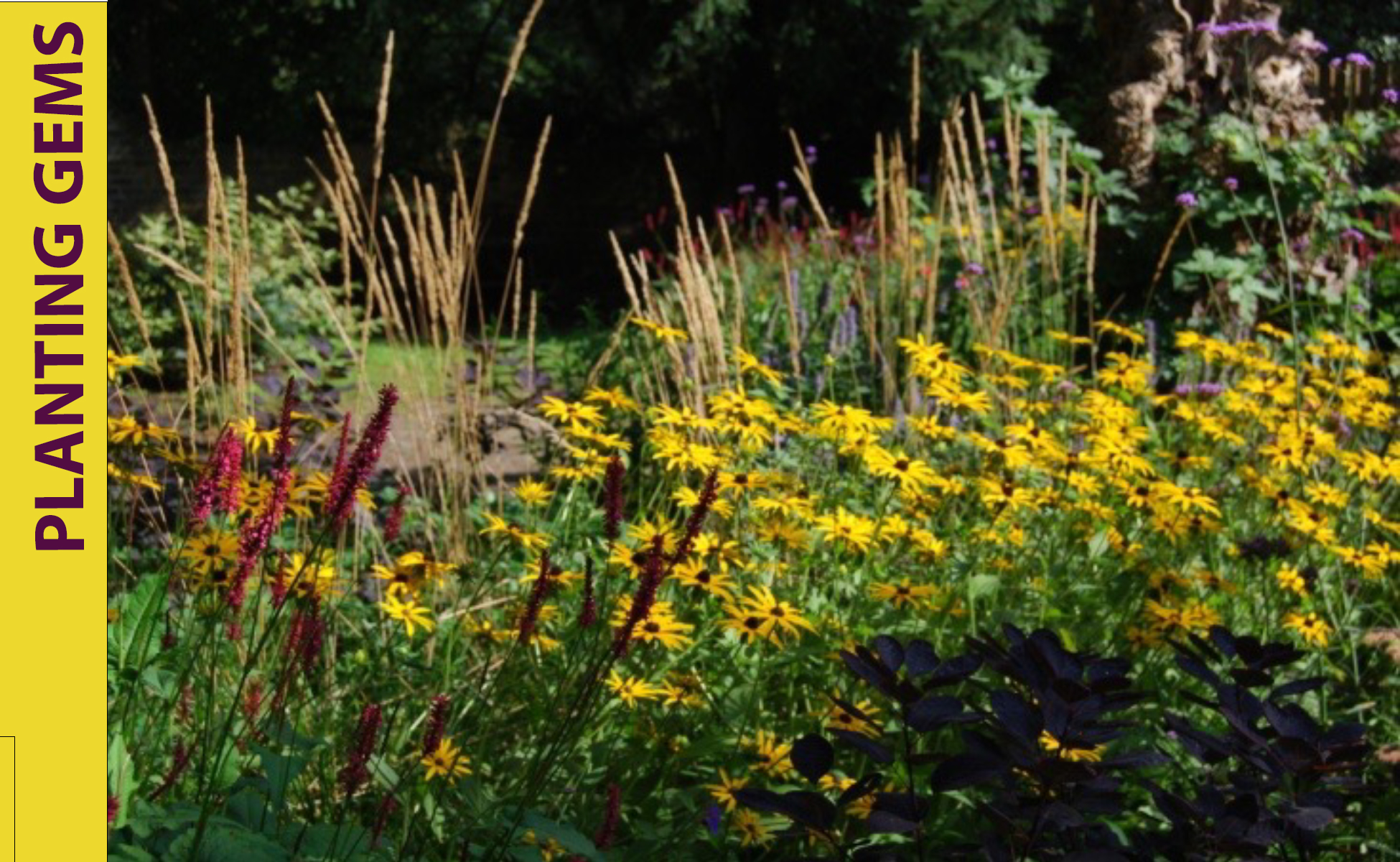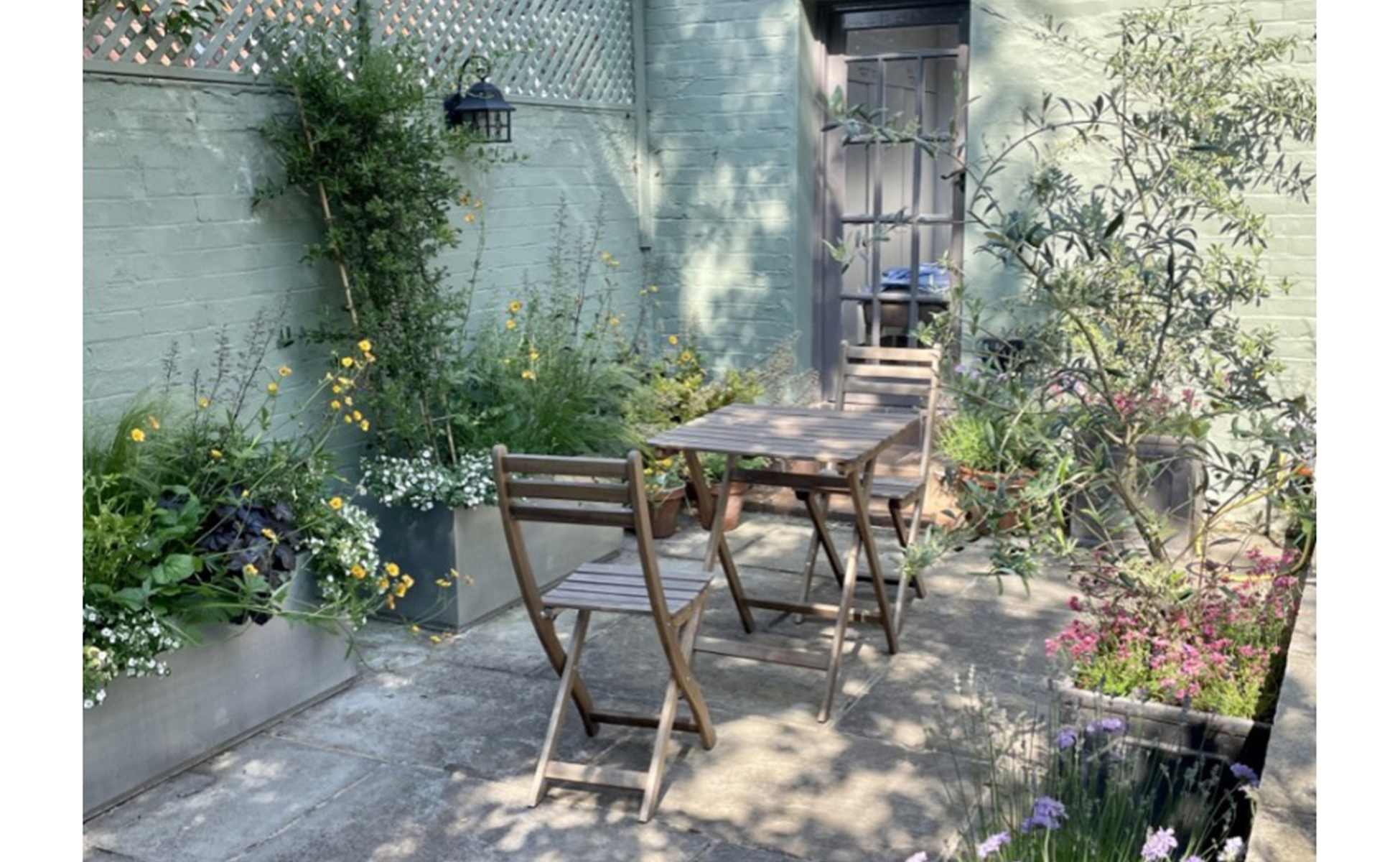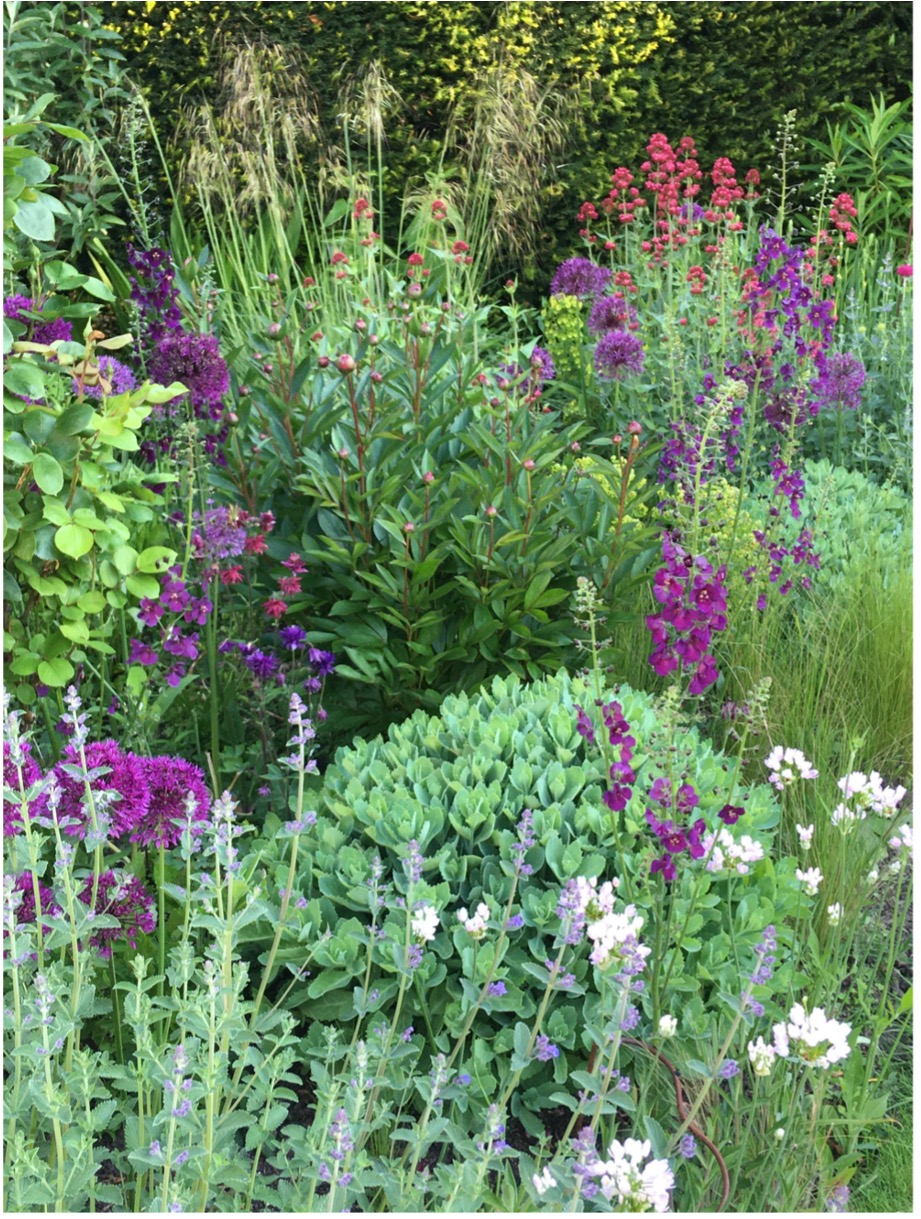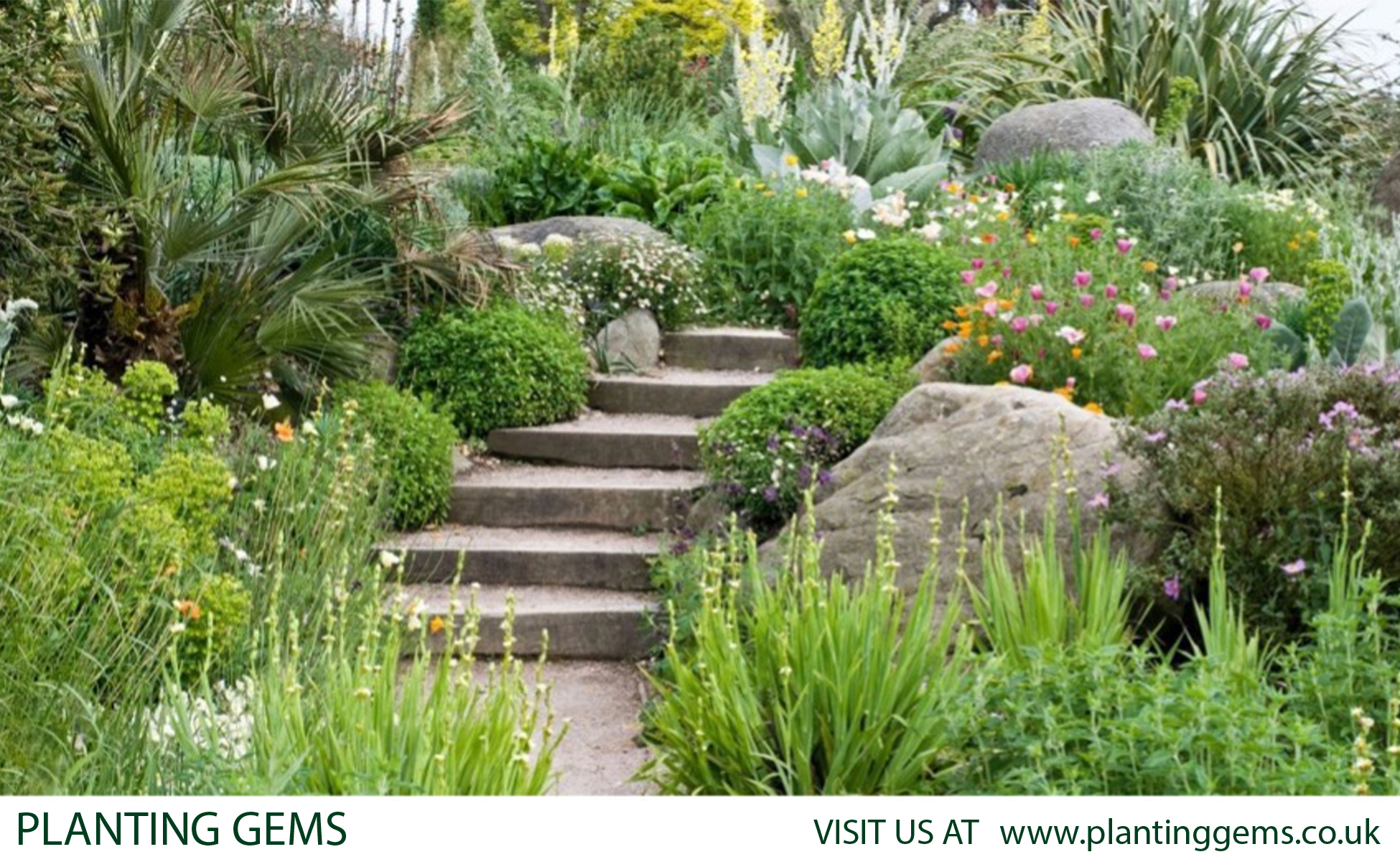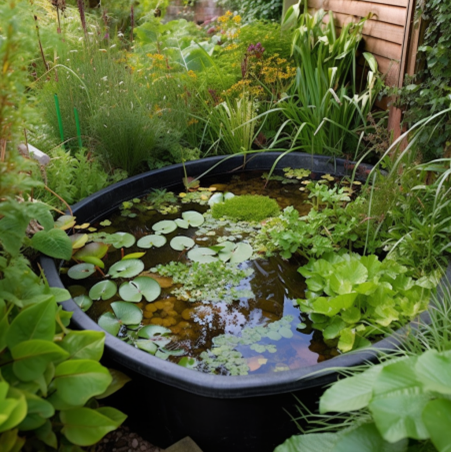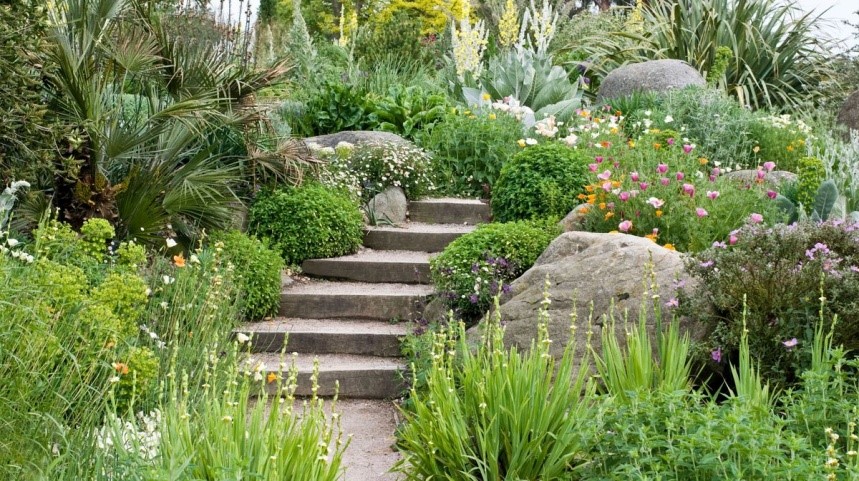SMALL GARDENS CAN STILL HAVE GREAT POTENTIAL!
SMALL GARDENS CAN STILL HAVE GREAT POTENTIAL!
Designing a small garden is often harder than a large one. The whole garden is often on view and visible throughout the year, and it needs to look good for 12 months of the year. It is often surrounded by boundaries such as fencing and walls, in varying degrees of repair, and can be overlooked by neighbours, their trees and their buildings.
So here are some tips to consider, to maximise your small garden’s potential:
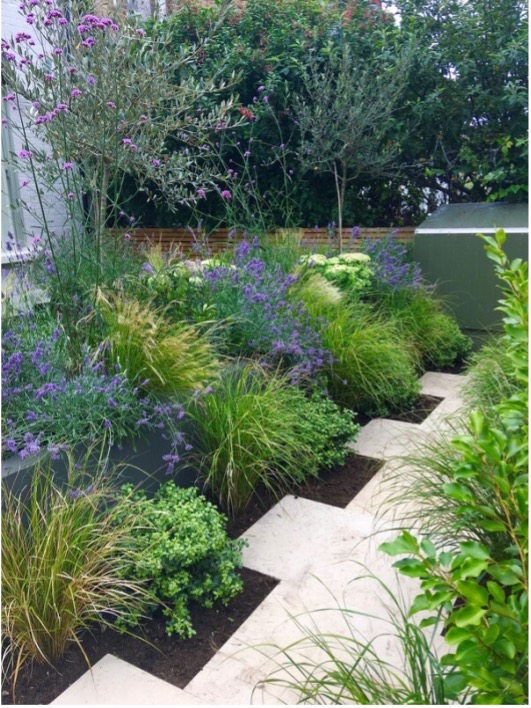
- Create a journey through the garden – use a curved path, create 2 or more levels with a few steps, divide the space with informal screens – so that one cannot see the whole garden at a glance and there is an element of wanting to get into the garden to explore!
- Informal screening can be achieved with small trees or tall shrubs such as Amelanchier and Eriobotrya, or metal or wooden screens/posts: Placing such screening towards the middle of the garden rather than around the boundaries gives the space depth, and creates interest.
- Use evergreen foliage for permanent structure, and choose deciduous plants that have a long period of interest, such as repeat flowering plants or grasses that keep their plumes over the winter months.
- Be generous with the size of your borders – wide, generous planting gives a feeling of space and allows for tiered planting. Avoid narrow, long borders along the boundaries.
- Use large, dramatic foliage such as Tree Ferns and Fatsia to make the garden feel larger; play on contrasts of texture and foliage.
- Go up! Use fences and walls for planting climbers, and introduce obelisks, arches or small pergolas to create height in the borders and grow plants up them.
- Consider where the sun falls at different times of the day, and create different seating areas such as a bench, a bistro table and chairs, a wall with a seat incorporated.
- Consider losing the lawn – create a dining/barbecue area and surround with planting.
- Use a few, matching, large pots, rather than a number of smaller pots of different materials.
- Limit your hard landscaping materials, so that you are left with a simple design which is not too busy.
Happy Gardening!
Anne Fraser and Caroline Streets
Planting Gems
07729 835988 & 07930 876348
